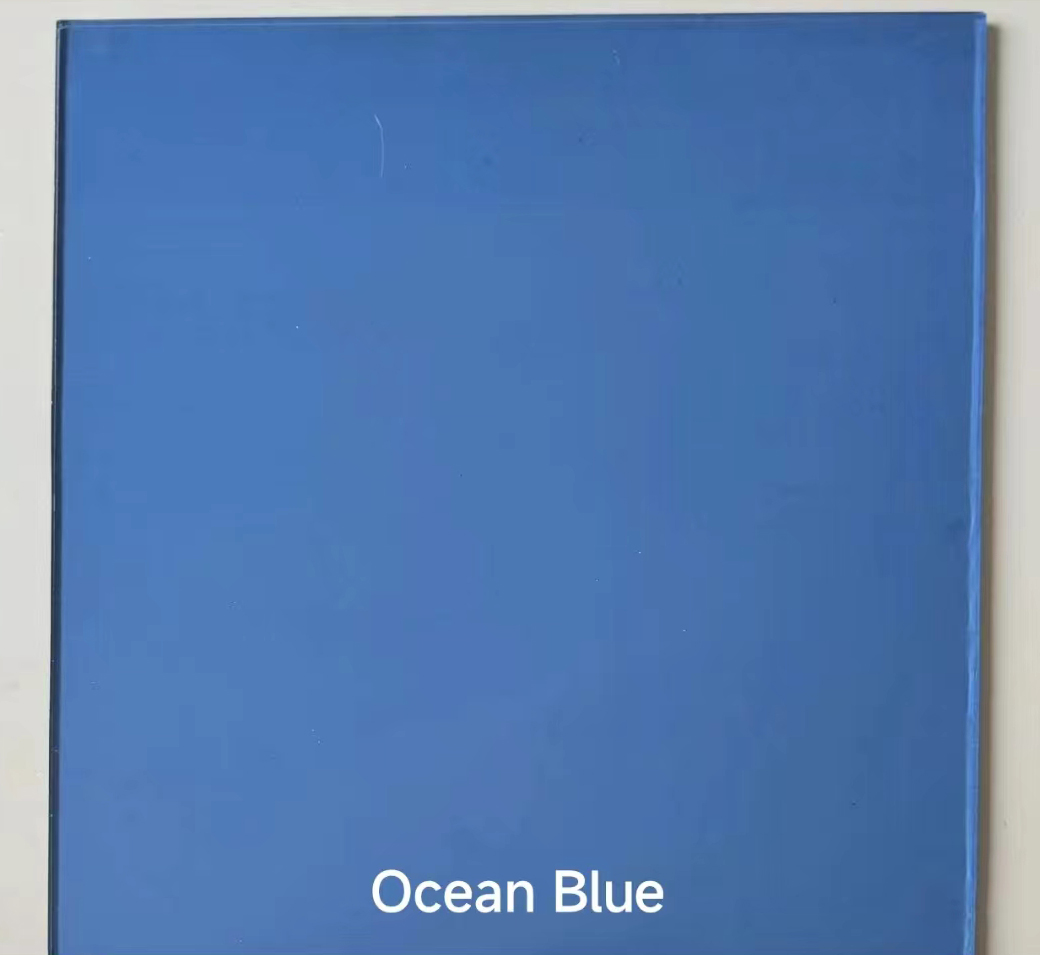

The Silver Mirror Material A Reflective Journey into Art and Science
The silver mirror material, known for its striking reflective properties, has played a significant role in both art and science throughout history. This intriguing material, which utilizes silver to create a highly reflective surface, has transformed the way we perceive our surroundings and has been a subject of fascination for artists, scientists, and technologists alike.
Historical Context
The origins of silver mirrors can be traced back to ancient civilizations. The Egyptians were known to create rudimentary mirrors by polishing metal surfaces, but it wasn’t until the Renaissance that the silver-backed mirror truly came into prominence. The process was refined in the 16th century when Venetian craftsmen began to use a mix of tin and mercury to create reflective surfaces. However, the introduction of silver as a primary material marked a significant turning point. Silver, being easily workable and capable of achieving brilliant reflective qualities, soon became the material of choice for high-quality mirrors.
Composition and Properties
The typical silver mirror consists of a glass substrate coated with a thin layer of silver, which is then usually protected by a layer of paint or varnish. Silver’s unique ability to reflect up to 95% of visible light makes it an ideal choice for creating mirrors that exhibit exceptional clarity and brightness. Unlike aluminum, which is often used in modern mirrors, silver provides not only superior reflection but also a warm tone that enhances the aesthetic appeal of the reflected images.
The reflective properties of silver not only contribute to visual arts but also play a crucial role in scientific applications. In optics, silver mirrors are used in telescopes, microscopes, and lasers due to their efficiency in reflecting light. Their ability to maintain high reflectivity across a broad spectrum of wavelengths makes them invaluable in many technological applications.
Artistic Significance

In the realm of art, silver mirrors have been a source of inspiration for countless artists. The ability of a mirror to reflect not just images, but also emotions and atmospheres has made it a powerful tool in the hands of painters, sculptors, and installation artists. The reflective surface challenges perceptions of reality, inviting viewers to engage with their own image in relation to the artwork.
Artists such as Jan van Eyck utilized polished metal surfaces to enhance their paintings, while modern artists continue to explore the thematic implications of reflection and identity through the use of mirrors. The manipulation of light and reflection in contemporary art installations often engages audiences on both visual and philosophical levels, prompting inquiries into self-perception and reality.
Modern Applications and Innovations
Today, silver mirrors are not just confined to traditional uses. Recent advancements in technology have expanded the applications of silver mirror materials. In the field of renewable energy, for instance, silver-coated mirrors are used in solar concentrators, where they maximize sunlight capture to improve energy efficiency. Moreover, innovations in coating techniques have led to the development of mirrors that are resistant to tarnishing, allowing them to maintain their aesthetic and functional qualities over time.
In interior design, silver mirrors are used to create the illusion of space and light in living environments. Their use can transform small rooms, providing brightness and a sense of openness. As trends move towards minimalism and brightness in design, silver mirrors remain a staple, combining functionality with style.
Conclusion
The silver mirror material offers more than just reflectivity; it embodies a rich history and a wide array of applications across disciplines. From ancient art to modern science, silver mirrors continue to captivate and inspire, serving as a bridge between the tangible and the intangible. As we look into these reflective surfaces, we are reminded of the interplay between light, perception, and reality, ultimately reflecting our own journeys through life.